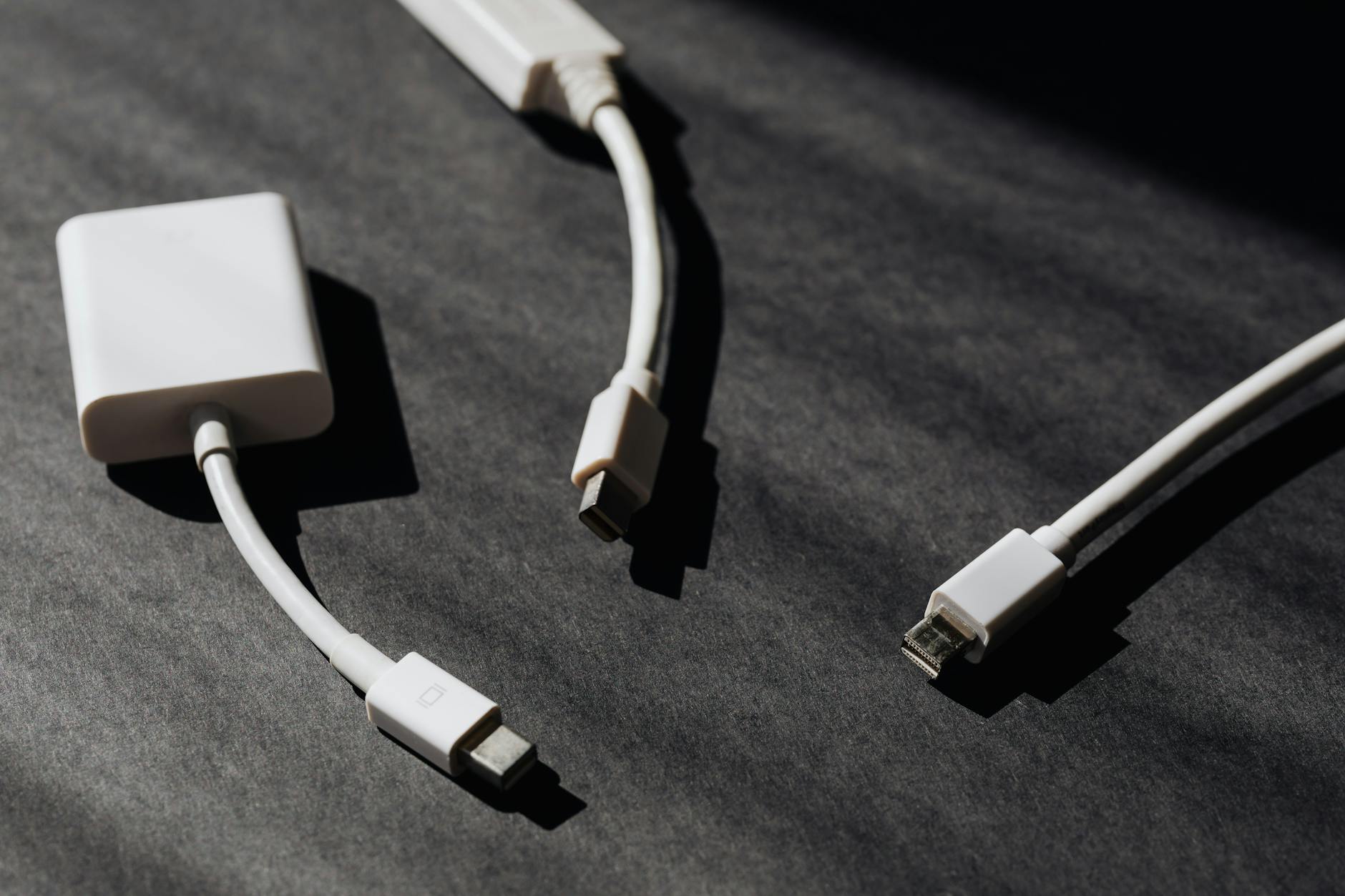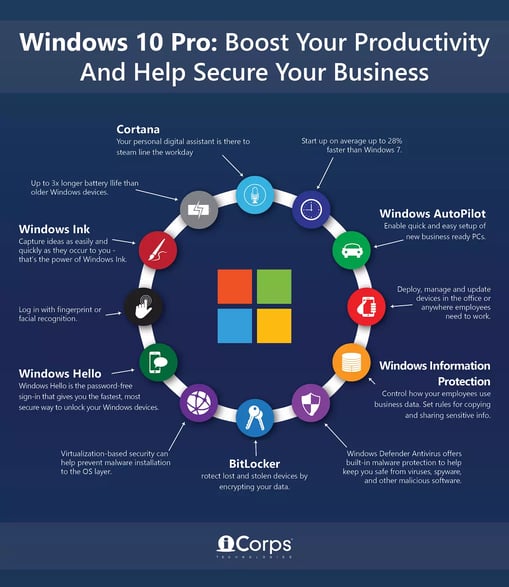Unlocking the Power of Windows 10: Everything You Need to Know

Discover the hidden secrets of Windows 10 and unleash its full potential with our comprehensive guide for tech enthusiasts!
Table of Contents
Welcome to Windows for Dummies, your go-to blog for mastering Windows 7, 8, 10, 11, apps, and games. Discover easy how-to guides, FAQs, and tips for users of all levels. With our expert advice, unlock the full potential of your Windows experience.
Python is a versatile and powerful programming language that is widely used in various fields such as web development, scientific computing, and data analysis. If you're looking to dive into the world of Python programming on your Windows 10 system, you're in the right place. In this informal guide, we will walk you through the steps to install Python on Windows 10 for free.
Check if Python is already installed on your system
If you're unsure whether Python is already installed on your Windows 10 system, fear not. Checking for the presence of Python is a quick and straightforward process. To do so, simply open your Command prompt by pressing the Windows key + R, type "cmd" and hit Enter. In the command prompt, type "python --version" and press Enter. If Python is installed, you will see the version number displayed. If not, proceed to the next step.
Download Python installer
Before you can start working with Python on Windows 10, you need to download the Python installer from the official Python website. Navigate to the Python Downloads page and choose the version of Python that is compatible with Windows. Click on the download link to initiate the download process. Once the installer is downloaded, you're ready to move on to the next step.
Install Python on Windows 10
Now comes the exciting part - installing Python on your Windows 10 system. Locate the downloaded Python installer and double-click on it to run the installation wizard. Follow the on-screen instructions to customize the installation settings if you wish or proceed with the default settings. Once the installation is complete, you will have Python successfully installed on your Windows 10 system.
| Topic | Description |
|---|---|
| Introduction to Windows 10 | An overview of the features and benefits of Windows 10 |
| System Requirements | Information on the hardware requirements needed to run Windows 10 |
| Installation Process | Step-by-step guide on how to install Windows 10 on your device |
| Customization Options | How to personalize your Windows 10 experience with themes, backgrounds, and settings |
| Security Features | An overview of the built-in security tools and options to keep your device safe |
| Productivity Tips | Helpful tips and tricks to increase productivity using Windows 10 |
| Troubleshooting Common Issues | How to troubleshoot and fix common problems that may arise when using Windows 10 |

Image courtesy of via Google Images
Verify the installation
To ensure that Python was installed correctly on your Windows 10 system, you can run a few simple tests. Open your command prompt once again and type "python" followed by Enter. This will launch the Python interactive shell, indicating that Python is up and running. You can also create a simple Python script and run it to verify that Python is functioning as expected.
Congratulations! You have now successfully installed Python on your Windows 10 system for free. With Python at your fingertips, you can start exploring the endless possibilities of programming and development on your Windows platform. Remember, Windows for Dummies is here to guide you through any Windows-related questions or challenges you may encounter along the way. Happy coding!
Frequently Asked Questions
Can I install Python on Windows 10 for free?
Yes, Python is an open-source programming language, and you can download and install it on your Windows 10 system for free from the official Python website.
How do I check if Python is already installed on my Windows 10 system?
You can check if Python is installed by opening the command prompt and typing "python --version". If Python is installed, you will see the version number displayed.
What version of Python should I download for Windows 10?
You should download the latest version of Python that is compatible with Windows 10 from the official Python Downloads page to ensure compatibility and access to the latest features.
How can I verify that Python is installed correctly on my Windows 10 system?
You can verify the installation by opening the command prompt, typing "python", and launching the Python interactive shell. You can also create and run a simple Python script to confirm that Python is functioning properly.
Generated by Texta.ai Blog Automation


